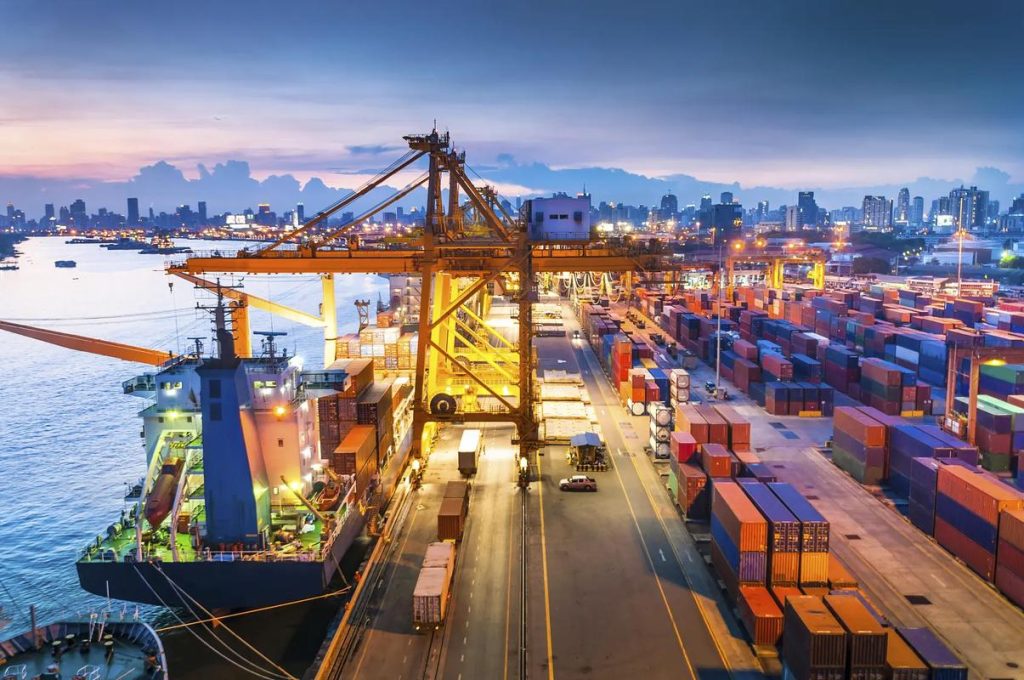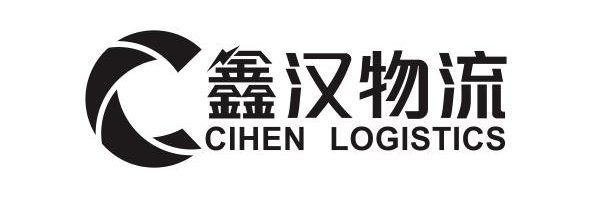
Shipping goods from China to Bolivia requires strategic planning due to the country’s landlocked geography, unique customs regulations, and reliance on regional transit routes. Whether importing machinery, agricultural equipment, or consumer goods, partnering with a specialized freight forwarder ensures compliance, cost efficiency, and seamless delivery. This guide covers essential considerations, from shipping methods and customs requirements to regional challenges and expert solutions.
- Shipping Methods: Air, Ocean, and Road Freight
Bolivia’s limited coastal access means most shipments arrive via neighboring countries like Chile, Peru, or Brazil. Key options include:
- Air Freight:
Fastest option for urgent shipments, with transit times of 5–8 days to major airports like El Alto International (LPB) in La Paz. Ideal for high-value or time-sensitive cargo (e.g., electronics, pharmaceuticals). Costs are higher but offset by reduced transit delays. - Ocean Freight:
Most common for bulk shipments, ocean routes typically pass through Chilean (Valparaíso) or Peruvian (Callao) ports, then move inland via road. Ocean freight takes 30–45 days, with FCL/LCL options. - Road Freight:
Used for cross-border shipments from Chile (Arica) or Peru (Desaguadero). Requires coordination with customs in transit countries. Best for regional trade corridors like the Interoceanic Highway.
Pro Tip: Combine air/sea freight with road transport for cost-effective door-to-door solutions.
- Customs Compliance and Documentation
Bolivia’s customs authority (SENASAG) enforces strict regulations under Mercosur frameworks. Essential documents include:
- Commercial Invoice: Detailed item descriptions, value, and HS codes.
- Bill of Lading (B/L) or Air Waybill (AWB): Issued by the carrier.
- Import Declaration: Filed electronically via Bolivia’s SENASAG portal.
- Certificate of Origin: Confirms manufacturing country; may require chamber of commerce authentication.
- Phytosanitary Certificate: Required for agricultural or timber products.
Additional requirements apply for restricted items like used machinery, chemicals, or textiles. A freight forwarder manages SENASAG filings and avoids penalties for non-compliance.
- Challenges and Solutions for Bolivia Shipments
A. Inland Transportation Complexity
Bolivia’s mountainous terrain and underdeveloped road infrastructure can delay shipments. Partner with forwarders experienced in transit routes through Chile (Arica) or Peru (Ilo). B. Transshipment Delays
Most cargo enters via Chilean ports, leading to congestion during peak seasons (e.g., Southern Hemisphere summer). Build buffer time or use bonded warehousing in Arica for faster clearance. C. Currency and Payment Risks
Bolivia’s currency (BOB) is volatile, with strict capital controls. Use letters of credit or USD payments to mitigate financial risks.
- Key Services Offered by Freight Forwarders
A trusted forwarder provides tailored solutions for Bolivia-bound shipments:
- Customs Brokerage: Manages SENASAG declarations, tariffs (average 10–20% of CIF value), and duty payments.
- Door-to-Door Logistics: Coordinates cross-border road transport from Chile/Peru ports to La Paz, Santa Cruz, or Cochabamba.
- Track-and-Trace Systems: Monitors shipments via GPS and SENASAG updates.
- Trade Compliance: Advises on Mercosur rules, sanctions, and restricted items (e.g., dual-use technologies).
- Cost Considerations
Shipping costs vary by cargo type, route, and service:
- Freight Forwarding Fees: Typically 5–15% of total shipment value.
- Ocean Freight Charges: Include terminal fees and fuel surcharges.
- Duties and Taxes: Average 15–25% of CIF value, depending on HS code.
- Inland Transportation: Additional fees for trucking from Arica (Chile) to La Paz (~$2,000–$4,000).
Request a detailed quote to compare options and avoid hidden fees.
- Frequently Asked Questions
Q: How do I avoid delays at Bolivia’s borders?
A: Ensure accurate documentation, pre-clear shipments via SENASAG e-filing, and use a forwarder familiar with regional transit protocols.
Q: What’s the best way to ship oversized machinery to Bolivia?
A: Opt for RoRo (Roll-on/Roll-off) ocean freight or specialized road convoys through Chile.
Q: Are there restrictions on used equipment imports?
A: Yes, used machinery often requires certification from Bolivia’s National Institute of Metrology (INM). Confirm eligibility with your forwarder.
Conclusion
Shipping from China to Bolivia demands expertise in Mercosur compliance, transcontinental logistics, and regional infrastructure nuances. By partnering with a freight forwarder, businesses gain access to streamlined customs clearance, cost-efficient routing, and risk mitigation strategies. Whether importing industrial components or retail goods, professional logistics support ensures timely, compliant deliveries to Bolivia’s growing markets.
Optimize Your China-Bolivia Supply Chain
Focus on your core operations while experts handle the complexities of cross-border shipping—from customs brokerage to last-mile delivery. A trusted freight forwarder bridges the gap between global trade and South American compliance.
